|
|
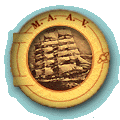
|
||||||
|
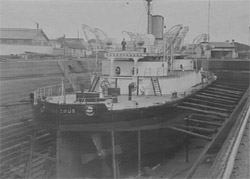
|
![]() attleships have had a long and honourable history. The foundations of which were laid in 1862. when, during the American Civil War, the Battle of Hampton Roads took place. This was a four hour duel between the very first ironclad warships built, the Union Navy's purpose built. USS Monitor and the Confederate Navy's converted frigate, CSS Virginia, more commonly known as the Merrimac,. The Monitor's design ushered in the era of the turreted, centreline, big gunned warship. It was from this design that all future warships were eventually developed. As a result of this battle, naval wooden hulled sailing vessels were rendered obsolete overnight.
attleships have had a long and honourable history. The foundations of which were laid in 1862. when, during the American Civil War, the Battle of Hampton Roads took place. This was a four hour duel between the very first ironclad warships built, the Union Navy's purpose built. USS Monitor and the Confederate Navy's converted frigate, CSS Virginia, more commonly known as the Merrimac,. The Monitor's design ushered in the era of the turreted, centreline, big gunned warship. It was from this design that all future warships were eventually developed. As a result of this battle, naval wooden hulled sailing vessels were rendered obsolete overnight.
The British Royal Navy became interested in the monitor design, however, before committing themselves to a large and expensive capital ship, the design was trialed on a smaller class of gunboat of which the Cerberus was one. It was from the modified 'monitor' design of the Cerberus and her sisters, that lay the foundations for all surface, gun armed warships for a century until the advent of the guided missiles of the l960s.

|

|
There were many delays in sorting out the paper work, however she sailed from Chatham, on the Thames River, on the 29th of October, 1870. Because the Cerberus rolled heavily in bad weather and also because of the recent loss of the much larger turreted 'battleship', HMS Captain due to capsize, the first crew mutinied when the Cerberus, arrived at Portsmouth. Her second crew mutinied at Malta. A third crew was hired, and, with the aid of a squad of Marines to prevent more desertions sailed her on to Melbourne. Lieutenant Panter, the Chief Engineer and the Bosun were among a handfull of men to make the complete voyage.
Cerberus was the first steamship to pass through the newly completed Suez Canal. Although not officially recognized, she was the first warship to do so as well. Cerberus also steamed most of the way to Melbourne using coaling stations in various British Empire ports along her route. Although fitted with sails, these proved almost useless. However, in the Bay of Biscay, they held her into the wind during a storm.

|
Cerberus had the unique distinction of serving in three navies of the one nation. Firstly, she served in the Victorian Colonial Navy from 1871 until 1901. Then, from 1901 until 1913, in the Commonwealth Naval Forces following Federation. Finally, from 1913 until 1924, she served in the Royal Australian Navy. In 1926, a Melbourne salvage company bought her and, after removing the engines and boilers but leaving the 1,800 ton armored barbette, the four 18 ton guns and the two 400 ton turrets - scuttled her as a breakwater, 150 metres off shore at the Black Rock Yacht Club.
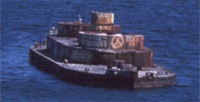
|
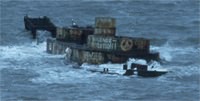
|
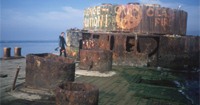
|
On the 27th of December 1993 Cerberus succumbed to the elements and in a 90 knot north westerly storm, the 2,000 ton+ superstructure collapsed and sealed her fate forever. After this demise, the Cerberus was considered to be a danger to the public and was declared an Historic Shipwreck, and a 25 metre exclusion zone was placed around the site. This zone prohibits any activities within its boundaries. Plans have been proposed to restore the remains of the Cerberus, or to remove the turrets and place them on shore, but it is most likely that these will not eventuate due to a lack of funding.
In 1983 the MAAV produced a detailed report on the Cerberus telling of its historical and archaeological significance. HMVS Cerberus publication (PDF, 471KB).
>>A must visit link to a dedicated 'Save the Cerberus' website